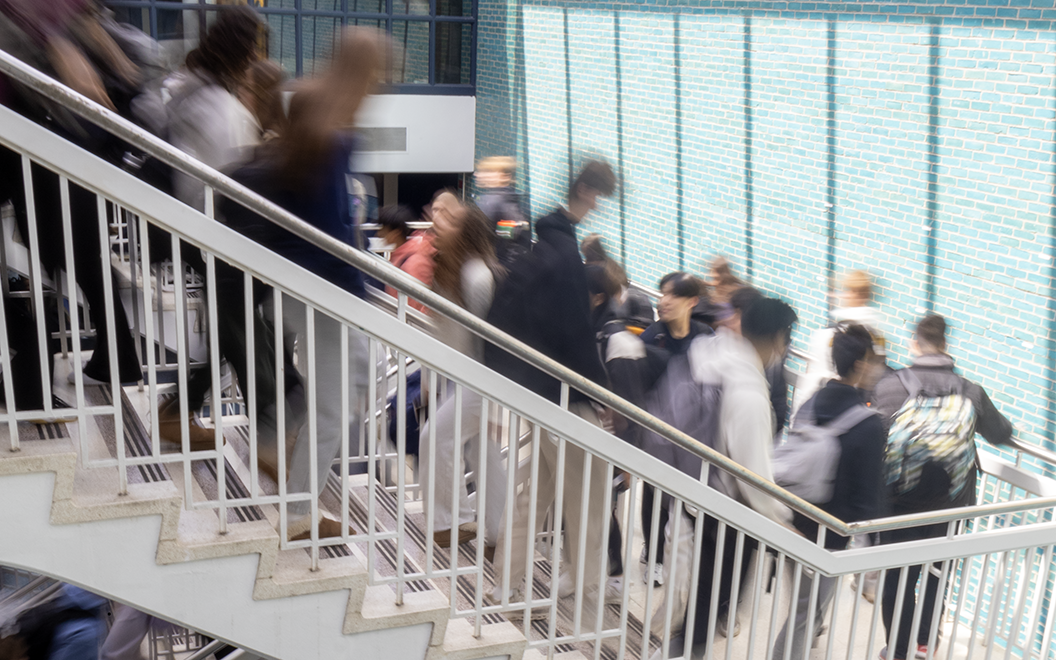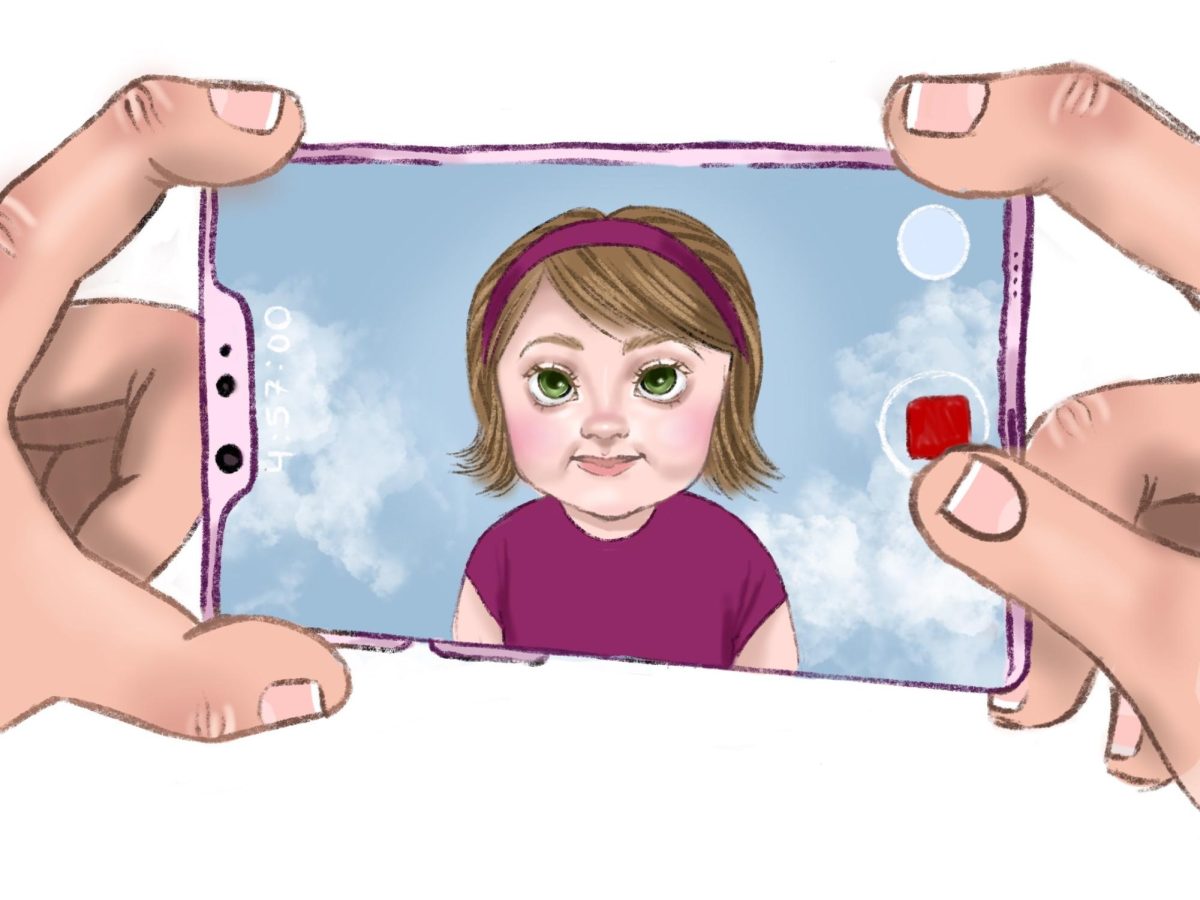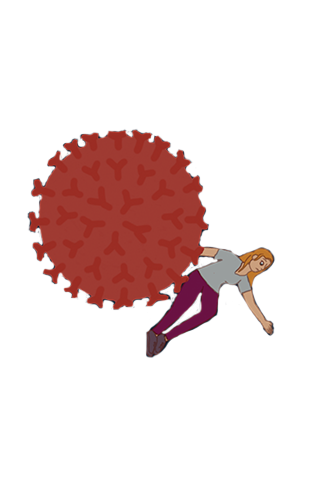Looking up at the Old Pit wall, one sees five murals hanging, each portraying a different message: two images of men, a heart with a fingerprint, a fist and finally, in the center, the largest piece bearing strong resemblance to Jesus crossing a border into Chicago.
With the introduction of these murals by Latino artist Hector Duarte, murmurs about their controversy, mainly surrounding “Immigrant Christ” have begun to be heard, as a discussion behind their meaning has emerged (see “Murals” page 4).
However, it should be noted that by incorporating the murals, South is not looking to push religion or attack personal beliefs, but rather looking to create dialogue.
Terrence Jozwik, instructional supervisor of the Social Studies Department, explains the artwork is a “powerful vehicle to inspire evocative discussion” and encourages personal interpretations of the murals.
“These murals invite critical thought and are not placed on display to further nor inhibit religious views,” Jozwik wrote in an e-mail to faculty before the murals were put up. “One image the artist has chosen to include does incorporate a religious figure. Mr. Duarte uses well-known images to dramatize the lives of Latinos in the United States. His themes often deal with the local Latino community, but also speak to those who are not Latino.”
According to Jozwik, Duarte has no intention to promote religion but is simply depicting the crossing of the Rio Grande by Jesus to enter the United States with Chicago in the background. Furthermore, Duarte is portraying the perilous journey and equating the suffering of the crossing to Jesus on the cross.
The Oracle does not believe it is unreasonable to disagree with the artist’s stance; however, accusing the pushing of religion is false.
The point of the murals is to raise cultural awareness and discuss a topic, such as immigration, through another lens. Often, the immigration debate is shoved under the rug, but with “Immigrant Christ”, people can share their opinions and hear other thoughts. The Oracle encourages students to look past the allusion to Jesus and not take the mural out of context, as there are explanations of Duarte’s artistic intent beside the murals.
Duarte’s artwork should be valued as one interpretation and as a tool to stimulate conversation. Whether you agree or are outraged, both are valid opinions; still, look past and seek understanding about others’ views. Artwork doesn’t force everyone to agree, but it does require people to think and interpret, as opposed to taking something at face value.
The Oracle Editorial Board, comprised of not only twelve Christians, but three Jews, one Buddhist, one Hindu and six without religious affiliation, believes students should embrace the current display and realize how fortunate South is to have access to such conversation-provoking resources at our fingertips.













